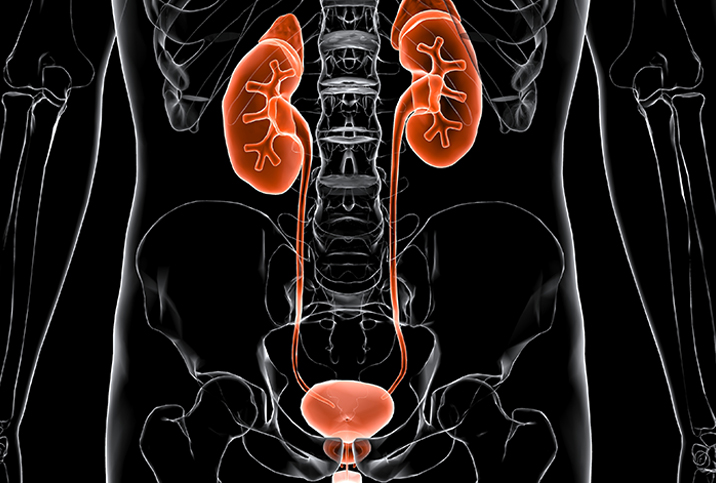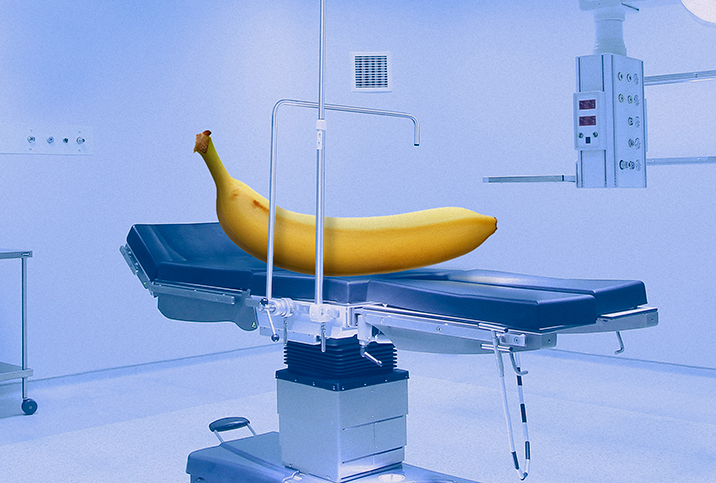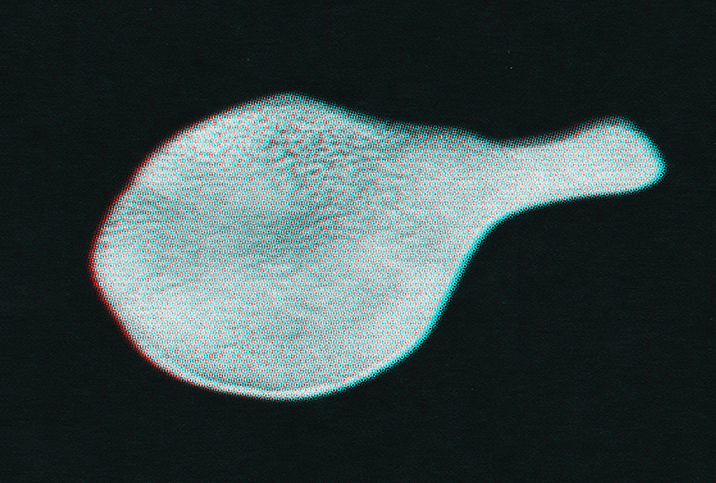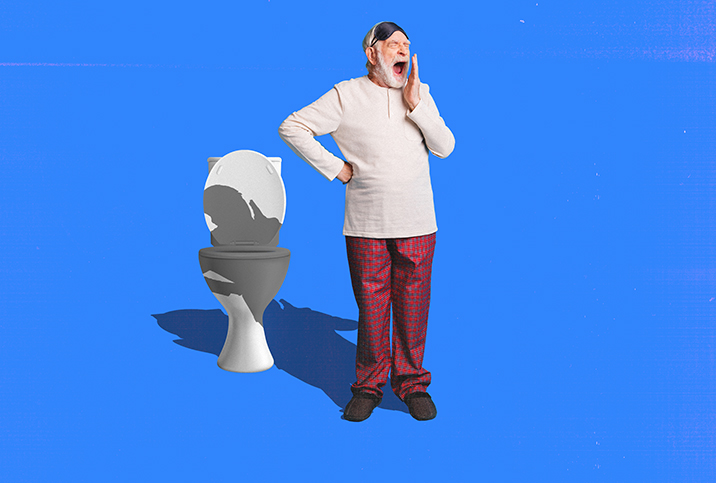Urethral Stricture Has Many Complications and a Trio of Treatments

Which of these experiences sounds more pleasant: falling onto the crossbar of a bike or bouncing excessively in the saddle during horseback riding? Neither? Well, that's probably obvious. Presumably, no one wants to think about damaging their pubic area, especially if it causes traumatic injury to the penis.
But if you do experience trauma, surgery or infection to your penis, and urination is now difficult or painful, you could have a urethral stricture.
What is a urethral stricture and who's at risk?
To understand a stricture, it's important to know that inside a healthy urethra is a mucous lining that helps push germs out. When the mucosal lining is replaced by scar tissue, it results in a urethral stricture, said Denise Asafu-Adjei, M.D., an assistant professor of urology and the medical director of male reproductive medicine at Loyola University Chicago Stritch School of Medicine.
Picture a straw filled with cotton—it's pretty difficult to move liquid through it, right? A stricture is essentially the same in that scar tissue creates a narrowing of the urethra, making it difficult and painful for urine and semen to pass. Patients with a urethral stricture may notice spraying during urination or a rise in urinary tract infections (UTI).
"People at highest risk include those who have had urethral trauma, prior procedures in the urethra, history of radiation and people with lichen sclerosus," Asafu-Adjei said. Lichen sclerosus is a chronic inflammatory skin disease that's often seen on foreskin.
What causes a urethral stricture and how is it diagnosed?
It's not like one day you have a bike accident and the next day you have a stricture. It takes time for scar tissue to build, and an uptick in symptoms is likely to be gradual.
Never put anything in your urethra as doing so could result in a stricture; so, too, can the prolonged use of a catheter or, in rare cases, medical procedures in which a tool must be inserted into the urethra. Radiation or cancer of the urethra or prostate may also be causes. Untreated sexually transmitted diseases or infections (STDs/STIs), such as chlamydia and gonorrhea, can sometimes cause a stricture.
In many cases, however, the cause of a stricture is unknown, though it's far more common to find strictures in males than in females because males have longer urethras.
To diagnose a urethral stricture, you may undergo imaging with an ultrasound or X-ray during a physical exam. An ultrasound can assess the length of the stricture and determine if there's urinary retention. Your doctor may perform a urinalysis to look for signs of infection or blood in the urine, or a urine flow test that looks at the strength of your urinary stream and the amount of urine, as well as how quickly it passes.
Treatment options for a urethral stricture
There are several treatment options for a urethral stricture, and urology care depends on the cause and location of the stricture.
"Typically, they require surgical intervention," Asafu-Adjei said. "Long-term complications vary based on the surgical approach, but the most common one is recurrence of the stricture."
Dilation
Dilation is one of the less invasive options for addressing a urethral stricture, but it's usually not a permanent fix. Typically, a tiny camera and a small wire are inserted into the urethra followed by tubes that gradually increase in diameter and stretch the narrowing without causing harm. For this procedure, patients are under general or local anesthesia.
The downside of dilation is it likely has to be repeated after about a year, though the time frame varies.
Soreness after the procedure is common, but the recovery time is fairly minimal and most patients can resume regular activities in three or four days.
Urethrotomy
A urethrotomy involves cutting out the scar tissue and widening the urethra by using an instrument known as an endoscope. It is an outpatient procedure, but your doctor will likely recommend abstaining from sex and exercise for at least six weeks while you heal.
Urethroplasty
A urethroplasty is a surgery that reconstructs or replaces the urethra. It is highly effective but also the most invasive procedure.
Surgeons have a couple of options to consider. The first is repairing the urethra by removing the scar tissue in the middle and then joining the two healthy ends of the urethra. In the second option, which may be the choice in a more severe case, they borrow tissue from another part of the body—commonly from the mouth or the penis—to form a new urethra.
Recovery from a urethroplasty takes at least a few weeks, and a catheter is inserted for all or part of that time. You may also be given a medication to prevent bladder spasms and a different medication to prevent erections, according to Cleveland Clinic.


















